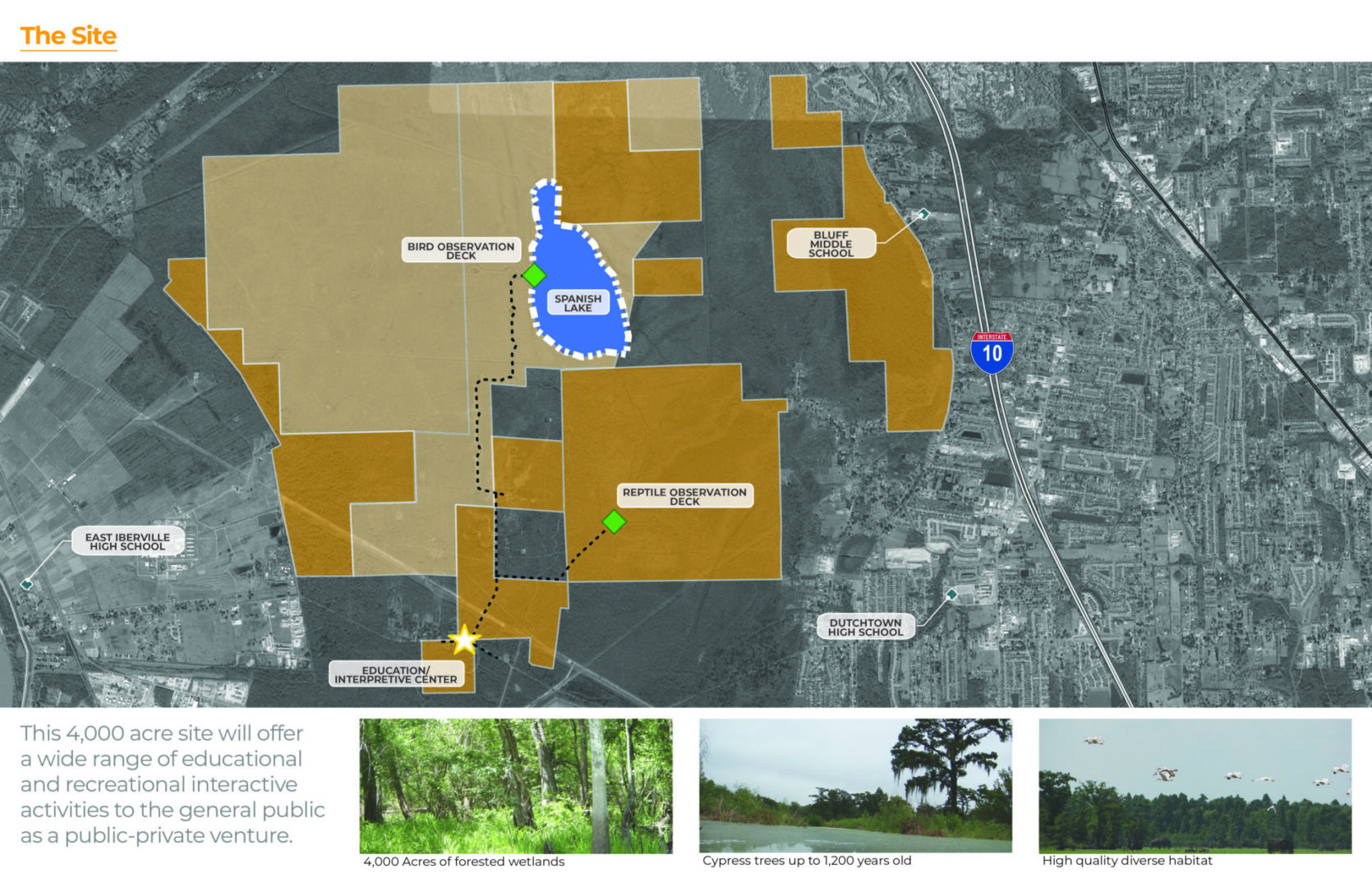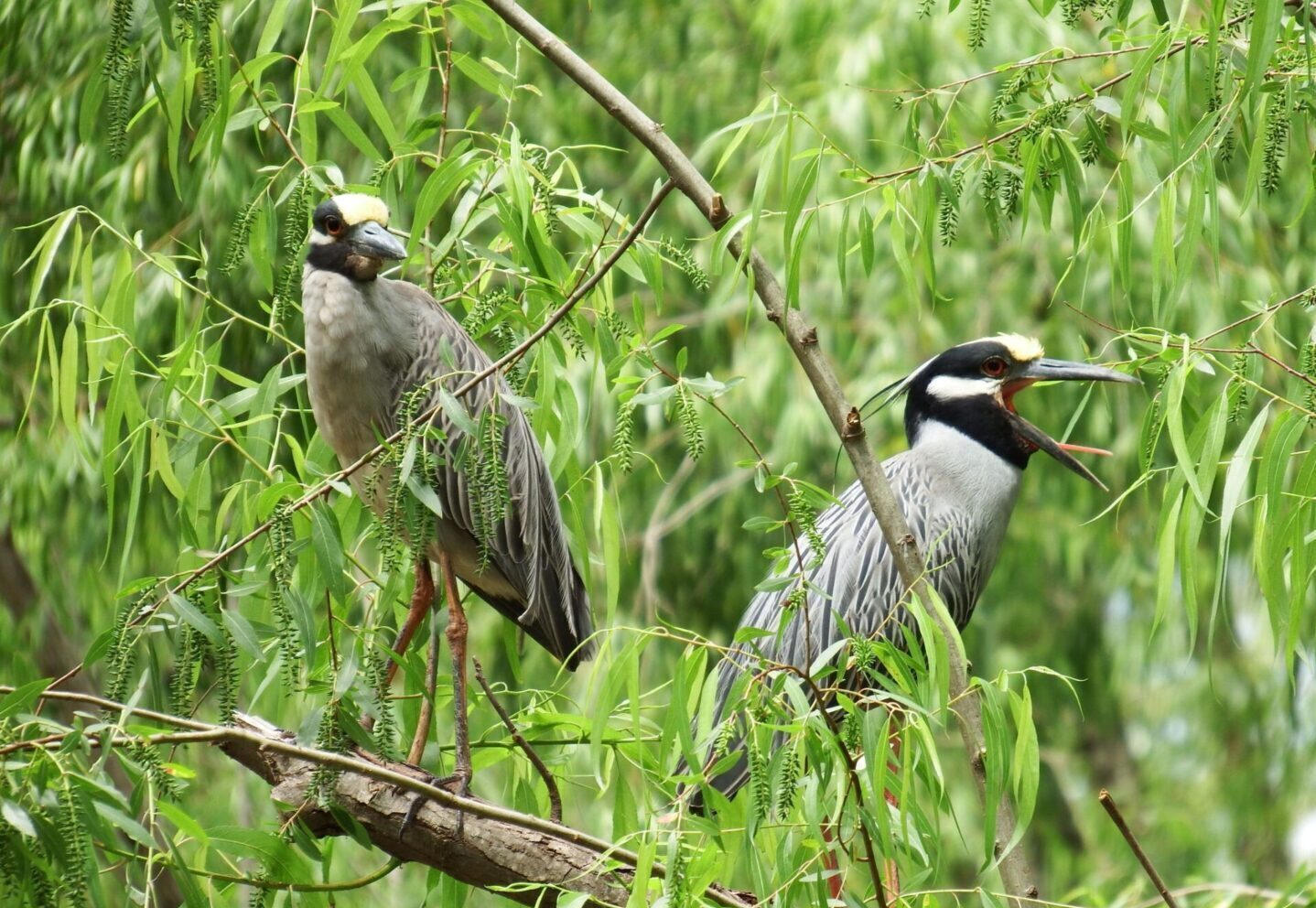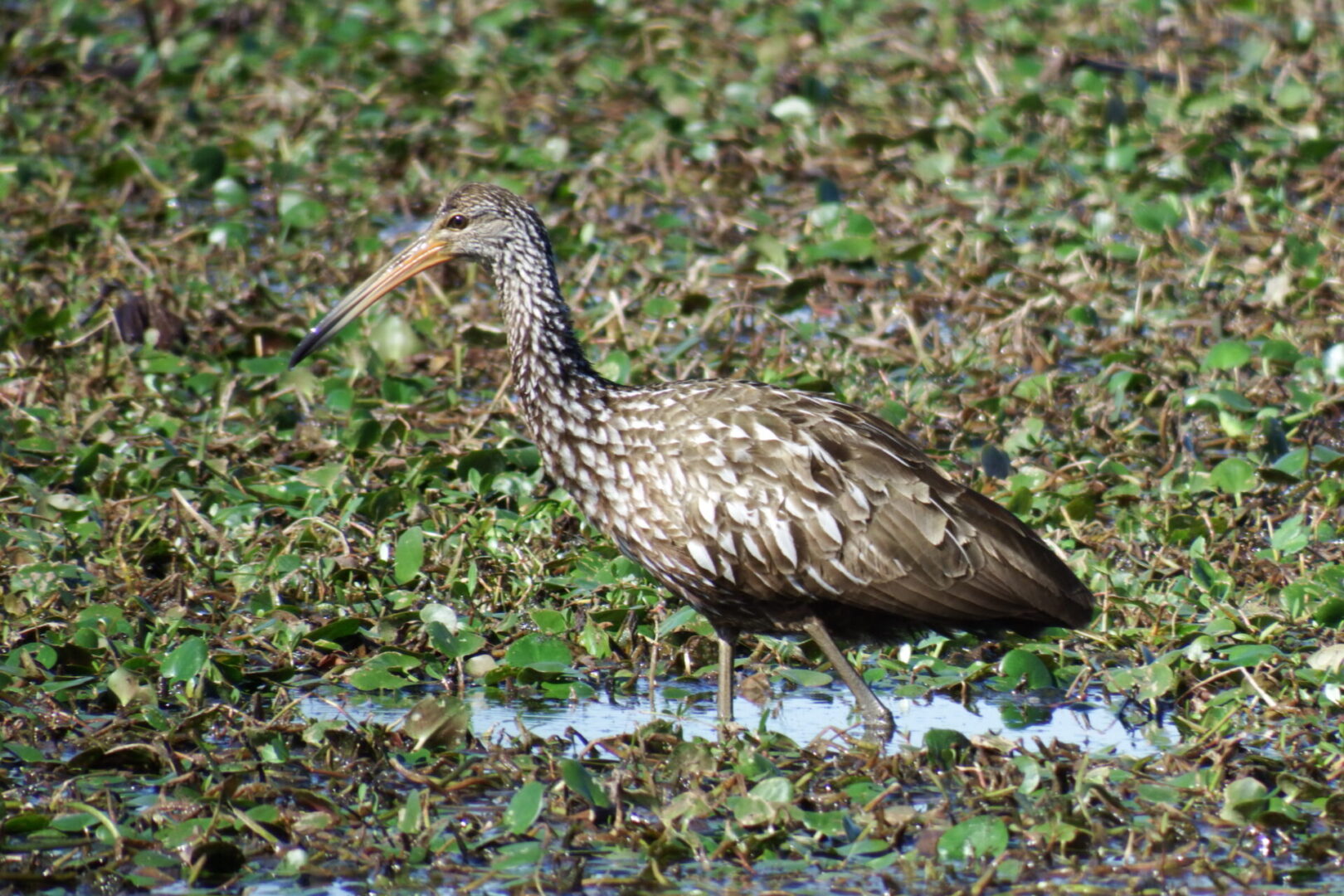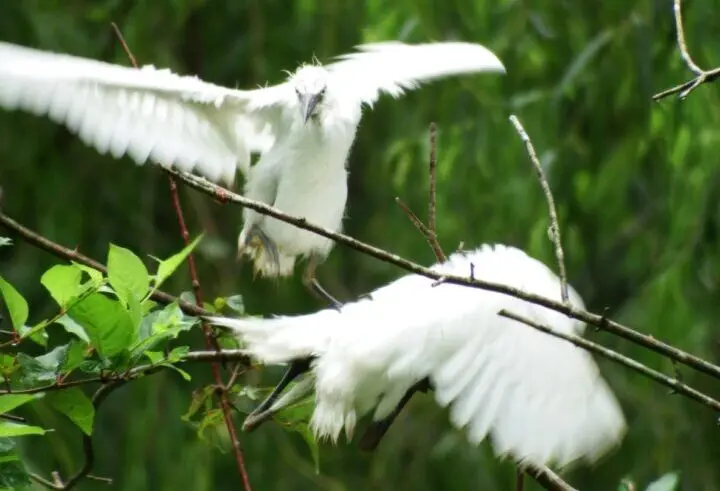Where Education, Nature, and Recreation Fuse

Birding
Birding has become a favorite pastime for all ages. An advantage for birding enthusiasts or beginners is that there are over 12 miles of abandoned access roads throughout the preserve which were built for oil and gas exploration during WWII. Whereas the active oil and gas exploration has stopped, the original access roads remain an important infrastructure deep into the waterways and cypress swamps at SLEEC.
Whether you are a beginning or expert birder, SLEEC makes it easy to enjoy our feathered friends. Individual birders or organized trips can be accommodated.
Birding
Birding has become a favorite pastime for all ages. An advantage for birding enthusiasts or beginners is that there are over 12 miles of abandoned access roads throughout the preserve which were built for oil and gas exploration during WWII. Whereas the active oil and gas exploration has stopped, the original access roads remain an important infrastructure deep into the waterways and cypress swamps at SLEEC.
Whether you are a beginning or expert birder, SLEEC makes it easy to enjoy our feathered friends. Individual birders or organized trips can be accommodated.

Rookeries
Several large rookeries, or seasonal bird nesting areas, are located throughout SLEEC. Rookeries are protected by state law and cannot be disturbed during specific seasons. Wading birds of all types such as egrets and herons nest together and establish rookeries each year depending on the water level within the swamp. Typically, some rookeries will be established within easy viewing distance of access roads allowing for visitors to see these amazing areas. Each year SLEEC staff will work with the Louisiana Department of Wildlife and Fisheries to assess the ability to see these rookeries and enjoy the birding activity without disturbing the rookeries.

Visiting Main Campus
SLEEC’s Main Campus is the center of this large-scale park. The Main Campus incorporates 20 acres supporting the visitor center, a conference center, the educational building with specially designed teaching kitchen, and an elevated walkway spanning a bottomland hardwood forest, cypress swamp and a small pond. Visitors will be able to review the history of the site, become familiar with its flora and fauna, conduct a conference or demonstration, have a picnic, visit the gift shop or just walk around the 20-acre campus.
Seasonal Kayaking
As a forested wetlands, SLEEC has access to the 260-acre Spanish Lake allowing kayaking or canoeing in this area, based on seasonal water levels that change rapidly from rainfall, storm events, or just seasonal high water during the spring. SLEEC’s professional staff will continuously post water levels within the basin and advise the public as to the best time for kayaking. Because of the large land area, limited access, and variable water levels, one can kayak to see flora and fauna untamed and up close only during high water events.
Seasonal Kayaking
As a forested wetlands, SLEEC has access to the 260-acre Spanish Lake allowing kayaking or canoeing in this area, based on seasonal water levels that change rapidly from rainfall, storm events, or just seasonal high water during the spring. SLEEC’s professional staff will continuously post water levels within the basin and advise the public as to the best time for kayaking. Because of the large land area, limited access, and variable water levels, one can kayak to see flora and fauna untamed and up close only during high water events.


Flora and Fauna
SLEEC’s wetland ecosystems support a wide range of flora and fauna that have supported and sustained the communities within south Louisiana for hundreds, if not thousands of years. Important tree species include majestic baldcypress, a resilient insect and rot-resistant timber source for building and various oak species valued for flooring and furniture. Migratory ducks, native fish, deer, rabbits, and crawfish, have always been a culinary mainstay. Many majestic wading birds have made this swamp their home. Alligators can be seen within the waterways and along the shoreline. Join us on an immersive journey into the heart of this wetland, where nature's beauty and biodiversity will leave you with a sense of appreciation of this diverse and essential ecosystem.
Flora and Fauna
SLEEC’s wetland ecosystems support a wide range of flora and fauna that have supported and sustained the communities within south Louisiana for hundreds, if not thousands of years. Important tree species include majestic baldcypress, a resilient insect and rot-resistant timber source for building and various oak species valued for flooring and furniture. Migratory ducks, native fish, deer, rabbits, and crawfish, have always been a culinary mainstay. Many majestic wading birds have made this swamp their home. Alligators can be seen within the waterways and along the shoreline. Join us on an immersive journey into the heart of this wetland, where nature's beauty and biodiversity will leave you with a sense of appreciation of this diverse and essential ecosystem.






















